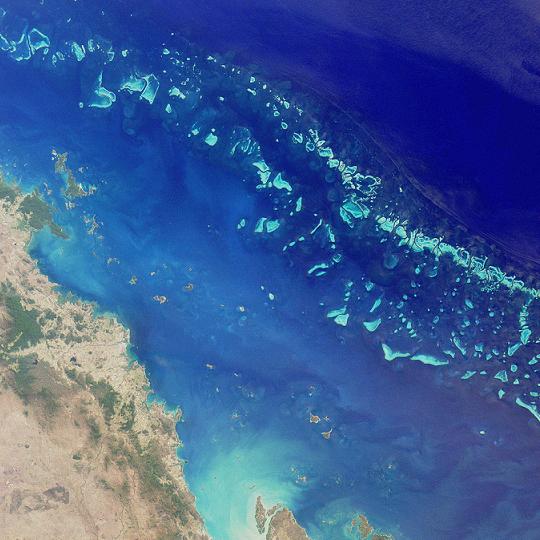The following is a Media Release by the Cairns and Far North Environment Centre, dated August 13, 2014, and with the title above:
The release of the 5 year Great Barrier Reef Outlook report and the final Strategic Assessment Report indicate that we have a long way to go to address declining reef health and avoid UNESCO listing the reef as World Heritage in Danger in 2015. The outlook report sends a clear and concerning message for Australia, stating that “Even with the recent management initiatives to reduce threats and improve resilience, the overall outlook for the Great Barrier Reef is poor, has worsened since 2009, and is expected to further deteriorate.” Banning new dredging and dumping in the World Heritage area can help increase resilience to threats such as climate change.
Speaking after the release of the reports, Cairns and Far North Environment Centre (CAFNEC) Marine Programs Coordinator Josh Coates said: “These reports confirm what we already know – that our reef is in decline and we must take action to prevent further damage.” “Climate change is a key threat and we need to ensure the resilience of the reef to cope with change.”
“One key thing we can do straight away is to address poor water quality by putting a ban on new dredging and dumping for port expansions in the World Heritage Area. This is particularly true for dredging outside of identified major priority ports, such as for the proposed Cairns shipping development project.” “It is also important that we avoid repeating the mistakes that have caused reef decline, such as poorly regulated mining or badly planned agricultural developments, in the still relatively healthy northern section of the reef.”
“What is required is a serious investment in the future of the reef to protect our environment and the tourism and other industries that rely on good reef health. We need investment on the scale of what we are spending to fix up the Murray River – billions, not millions, to reduce the threats such as catchment pollution, coastal development, and poor fishing management.”


